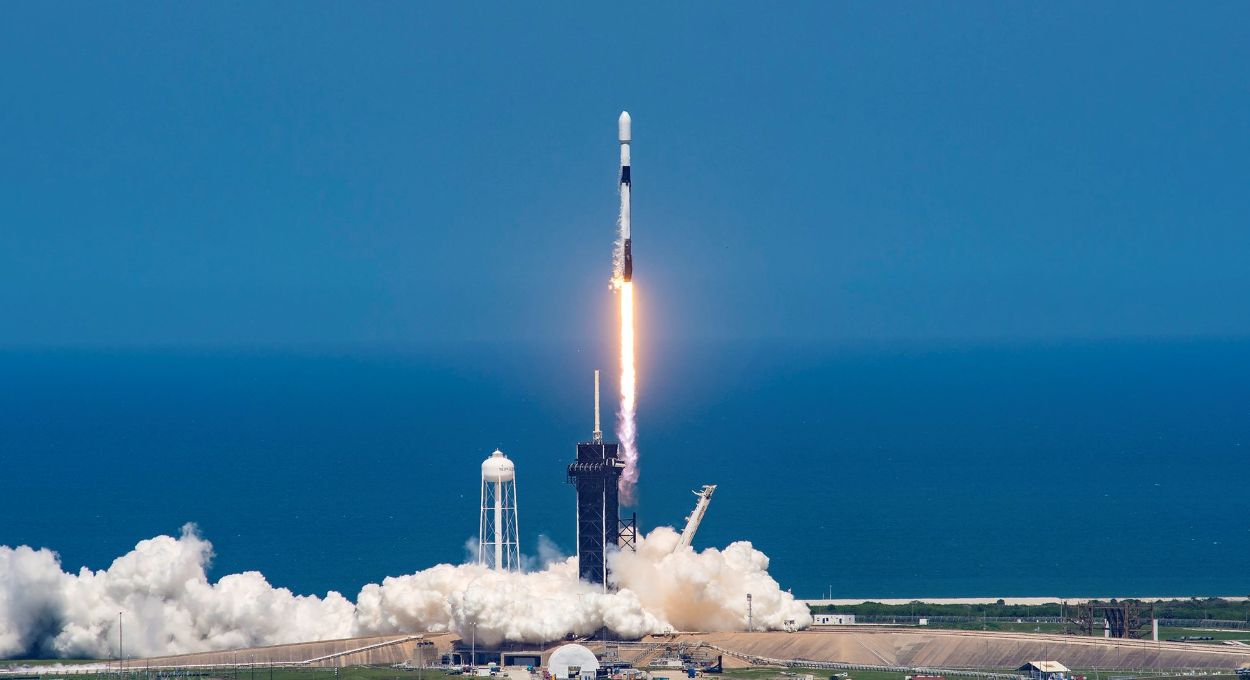SpaceX’s Starship successfully deployed eight dummy satellites during its 10th test flight before splashing down in the Indian Ocean as planned, marking a significant milestone for the world’s most powerful rocket. Launched from Starbase, Texas, the mission demonstrated advancements in payload delivery and reusability, which are essential for NASA’s lunar ambitions and SpaceX’s vision for Mars.
The test began at 6:30 PM CT and marked the first successful deployment of Starship’s test payload, which included eight dummy Starlink satellites. Onboard cameras captured the precision of the robotic mechanism during the deployment.
Latest launch of SpaceX’s Starship deploys 8 dummy satellites, then splashes down as planned https://t.co/mefD2tGjqY
— MarketWatch (@MarketWatch) August 27, 2025After orbiting Earth for over an hour, Starship performed a controlled splashdown in the Indian Ocean, using its engines to ensure an upright landing, according to SpaceX. Additionally, the Super Heavy Booster successfully returned, splashing down in the Atlantic after conducting a landing-burn test.
The 10th test flight successfully overcame previous setbacks, including two failures in January and March 2025, where the Starship exploded minutes after liftoff, and a May test where it tumbled out of control. SpaceX improved stability by redesigning the Super Heavy Booster with larger fins, as noted in a company post on X. The mission was watched by 5 million people worldwide via SpaceX’s livestream and is aligned with a $350 billion space economy.
Starship’s recent success, highlighted by NASA’s order for two lunar landers, paves the way for the Artemis missions, which aim to return astronauts to the Moon by 2028. A poll conducted by Spaceflight Now showed a 68% approval rating for this initiative, indicating strong public interest. However, concerns about the environment remain, as launches pose a risk to 12% of coastal ecosystems.






